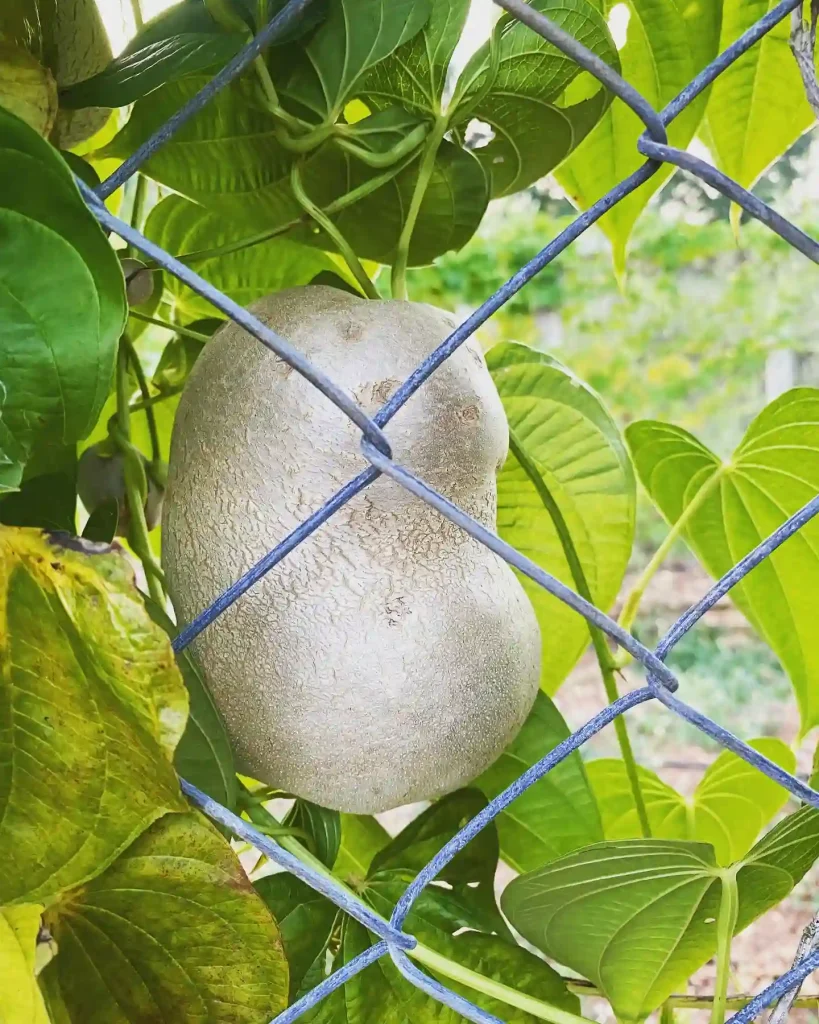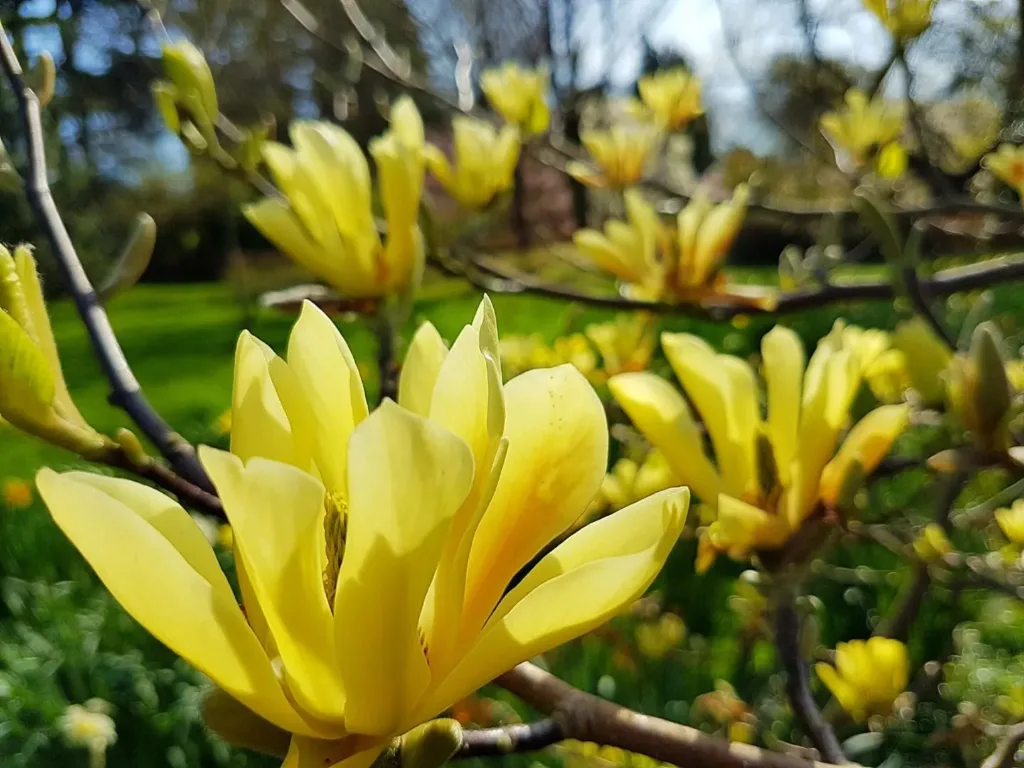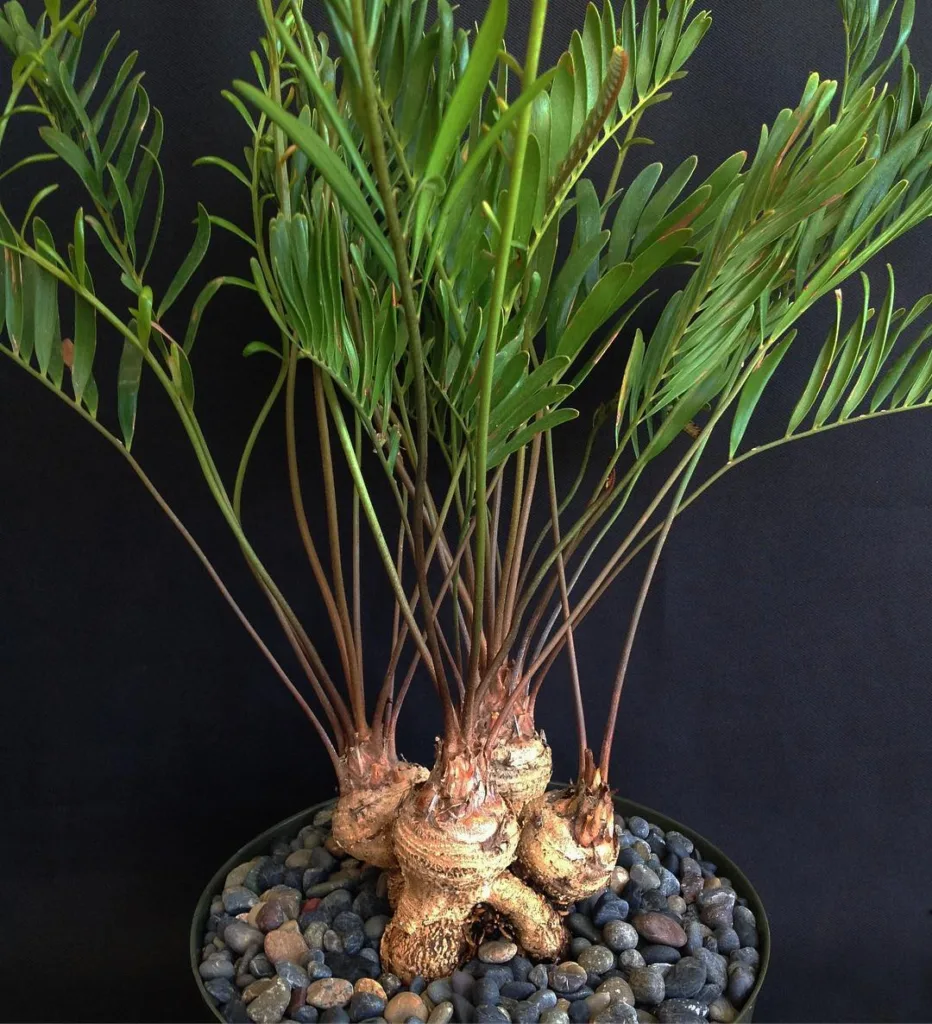
Pilea Peperomioides: Your Guide to the Charming Coin Plant
Hey there, plant enthusiasts! Ferb Vu here, and today we’re diving deep into the world of the Pilea peperomioides, also known as the Chinese Money Plant, Pancake Plant, or UFO Plant. This little gem has exploded in popularity in recent years, and for good reason. Its adorable round leaves and easy-going nature make it a perfect companion for any plant lover.
But before you rush out and snag one for yourself, let’s answer some of the most common questions about this charismatic little plant.
609 Species in Genus Pilea
What is a Pilea Peperomioides?
The Pilea peperomioides is a member of the Urticaceae family, which also includes nettles. Don’t worry though, this one lacks the stinging attitude of its relatives. It’s a native of Yunnan and Sichuan provinces in southern China, but it’s now a beloved houseplant worldwide.
Why is it Called the Chinese Money Plant?
The nickname “Chinese Money Plant” stems from the resemblance of its round, glossy leaves to coins. In some cultures, it’s believed to bring good luck and prosperity to the owner. Whether that’s true or not, it certainly adds a touch of whimsy to your home.
Pilea Peperomioides vs Gotu Kola
I love how the Pilea Peperomioides’s quirky coin-shaped leaves make my room feel lively, but the Gotu Kola’s medicinal properties and unique foliage give it a special place in my heart.
Pilea Peperomioides vs Peperomia Polybotrya
While Pilea Peperomioides has a fun and whimsical look, the Peperomia Polybotrya‘s glossy, teardrop-shaped leaves add an elegant touch to my plant collection.
Pilea Peperomioides vs. Jade Plant: What’s the Difference?
Both the Pilea peperomioides and the Jade Plant (Crassula ovata) are popular choices for beginners. Here’s a quick breakdown of their key differences:
- Leaves: Pilea has round, peltate leaves, while Jade Plant boasts thick, oval-shaped leaves.
- Growth Habit: Pilea grows in a more compact, bushy form, while Jade Plant can become quite leggy if not pruned regularly.
- Light Needs: Pilea prefers bright, indirect light. Jade Plant thrives in full sun.
- Propagation: Pilea readily produces pups (baby Pileas) at the base, making propagation easy. Jade Plant requires stem or leaf cuttings for propagation.
Is Pilea Peperomioides Easy to Care For?
Absolutely! This is one of the main reasons for its popularity. Here’s what you need to know:
- Light: Bright, indirect light is ideal. Avoid harsh afternoon sun, which can scorch the leaves.
- Watering: Water thoroughly when the top inch of soil dries out. Don’t let it sit in soggy soil.
- Soil: A well-draining potting mix is essential. You can use a commercial potting mix or create your own with perlite or orchid bark for added drainage.
- Fertilizer: A balanced houseplant fertilizer diluted to half strength during the growing season (spring and summer) is optional but can promote bushier growth.
How Do I Get My Pilea Peperomioides to Produce Pups?
Mature Pilea peperomioides will often send out runners that produce little “pups” at the base of the mother plant. These can be carefully separated and potted up to create new plants. Patience is key – it might take a while for your Pilea to start producing pups.
Can I Repot My Pilea Peperomioides?
Yes, you can repot your Pilea when it outgrows its current pot. Signs that it needs repotting include roots poking out of the drainage holes and the plant becoming top-heavy. Choose a pot that’s only slightly larger than the current one to avoid overwatering.
Troubleshooting Common Pilea Peperomioides Problems
- Drooping Leaves: This is usually a sign of underwatering. Give your Pilea a thorough watering and adjust your watering schedule.
- Yellowing Leaves: Overwatering or lack of light can cause yellowing leaves. Check your watering routine and ensure your Pilea receives sufficient indirect light.
- Leggy Growth: This can be caused by insufficient light. Move your Pilea to a brighter location.
Conclusion: The Pilea Peperomioides – A Charming Addition to Your Home
With its easy-going nature and adorable looks, the Pilea peperomioides is a fantastic choice for plant newbies and seasoned enthusiasts alike. Its compact size makes it perfect for apartments or small spaces, and its ability to produce pups allows you to share the plant love with friends and family. So why not give the Pilea peperomioides a try? You might just find yourself falling in love with its round, cheerful presence in your home.
If i die, water my plants!



